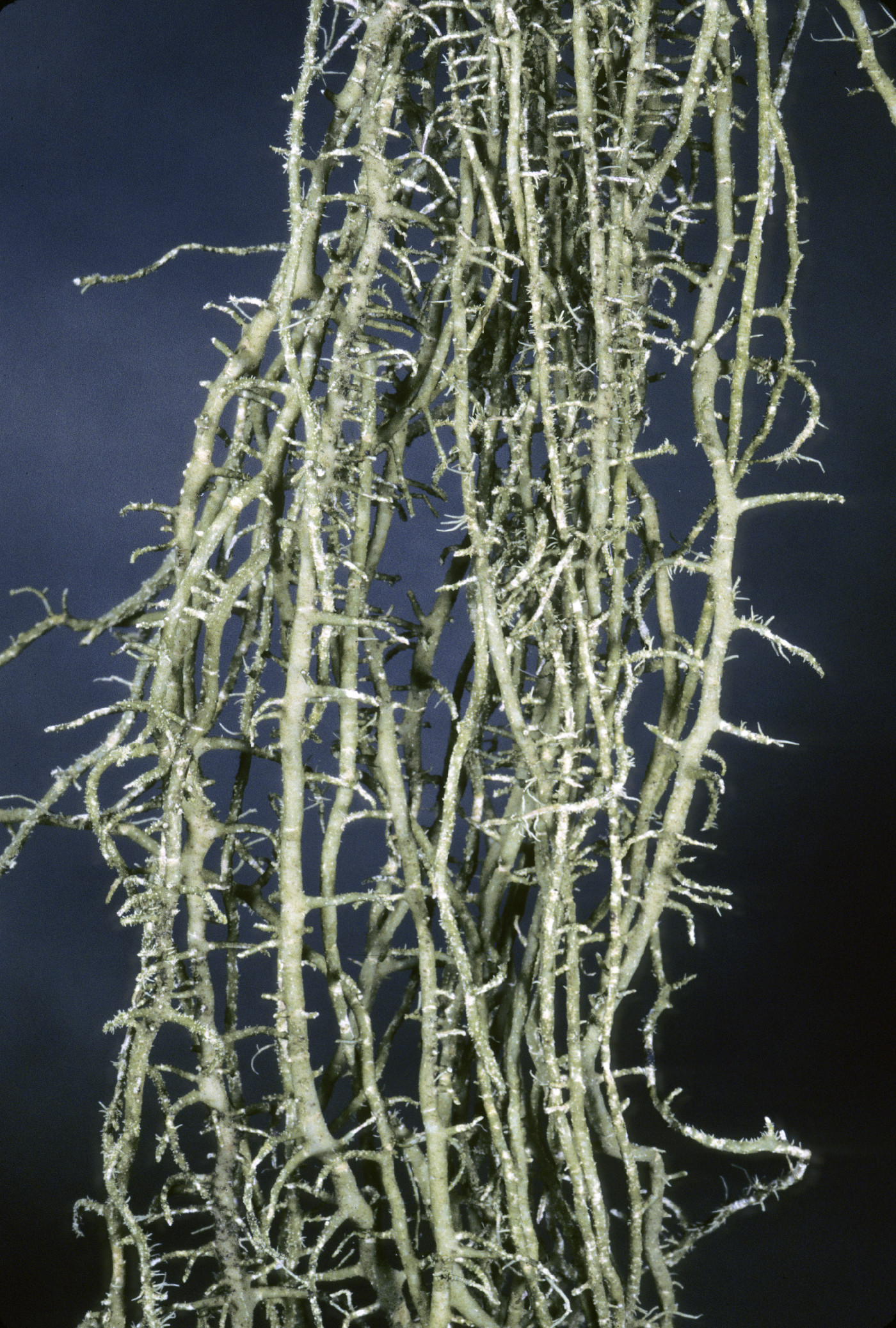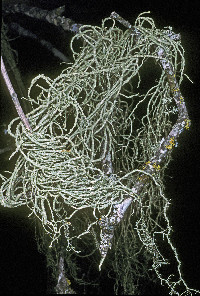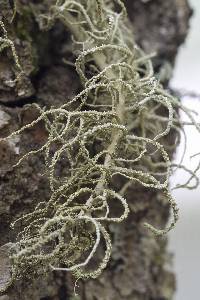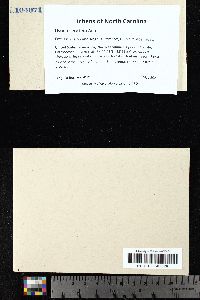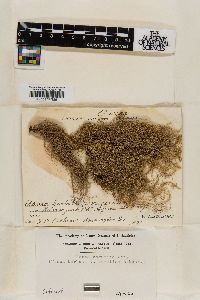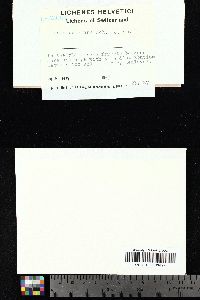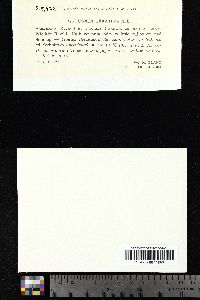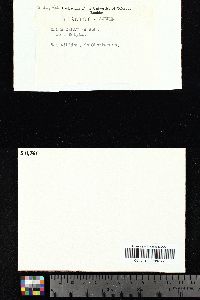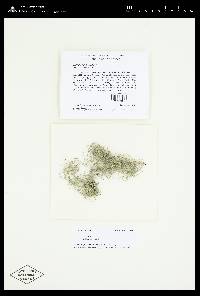
Consortium of Lichen Herbaria
- building a Global Consortium of Bryophytes and Lichens as keystones of cryptobiotic communities -
- Home
- Search
- Images
- Species Checklists
- US States: O-Z >
- US National Parks
- Central America
- South America
- US National Parks
- Southern Subpolar Region
|
|
|
|
Family: Parmeliaceae
[Lichen ceratinus (Ach.) Lam., moreParmelia ceratina (Ach.) Spreng., Usnea barbata var. ceratina (Ach.) Schaer., Usnea ceratina f. incurvescens Arnold, Usnea ceratina f. incurviscens Arnold, Usnea ceratina subsp. incurvescens (Arnold) Motyka, Usnea ceratina subsp. incurviscens (Arnold) Motyka, Usnea ceratina var. incurviscens (Arnold) H. Olivier, Usnea incurvescens (Arnold) Motyka ex B. de Lesd.] |
Nash, T.H., Ryan, B.D., Gries, C., Bungartz, F., (eds.) 2007. Lichen Flora of the Greater Sonoran Desert Region. Vol 3. Thallus: erect-shrubby, subpendulous to pendulous, up to 30 cm long, coarse to slender, stiff to flaccid branching: isotomic- to anisotomic-dichotomous, divergent to parallel basal part: concolorous to the branches, often with a brownish-orange pigment, sometimes brownish-black pigmented at the very base branches: cylindrical to irregular; lateral branches: narrowed or not at point of attachment segments: terete to ridged, cylindrical to ±sausage-like; foveoles and transversal furrows: absent to frequent papillae: nearly absent to frequent especially on main branches, low and indistinct to verrucous tubercles: sparse to numerous, conspicuously raised, at first eroded and white at summit, then bursting to form ulcerose soralia fibercles: absent fibrils: nearly absent to numerous, spinulous (1-3 mm) to long (up to 10 mm), irregularly distributed soralia: nearly absent to numerous, sometimes covering completely the apices, located mainly on young branches or fibrils, arising mainly on the tubercles, plane to convex, frequently capitate isidiomorphs: few to numerous, tufted on soralia pseudocyphellae: absent cortex: thick (6-10%), shiny to vitreous, hard, smooth to densely cracked medulla: thick, dense to compact, rarely loose, pink to wine red pigmented, sometimes not pigmented at all axis: thick, white to pink or yellow pigmented Apothecia: not seen in the area Spot tests: K+ yellowish, C+ yellow, KC+ yellow, P- Secondary metabolites: diffractaic acid (major), barbatic acid (minor), ±4-O-demethylbarbatic acid (minor), ±several accessory substances and fatty acids. Substrate and ecology: coastal to montane areas, mainly on bark of Pinus spp. or sometimes Quercus spp. in low forests on exposed ridges between 200 and 450 m or at high altitude in the mountains of the Sierra Madre Occidental World distribution: Eurasia, eastern, western and south eastern North America, and South America Sonoran distribution: southeastern Arizona, southern California including the Channel Islands, Chihuahua and Sierra Madre Occidental of Sinaloa. Notes: Usnea ceratina is characterized by its tuberculate soralia, its vitreous cortex, its ± pinkish pigmented and compact medulla, its pale base sometimes with a yellowish hue and its production of diffractaic and barbatic acids in the medulla that reacts C+ yellow. |
|
|
|
Powered by Symbiota

